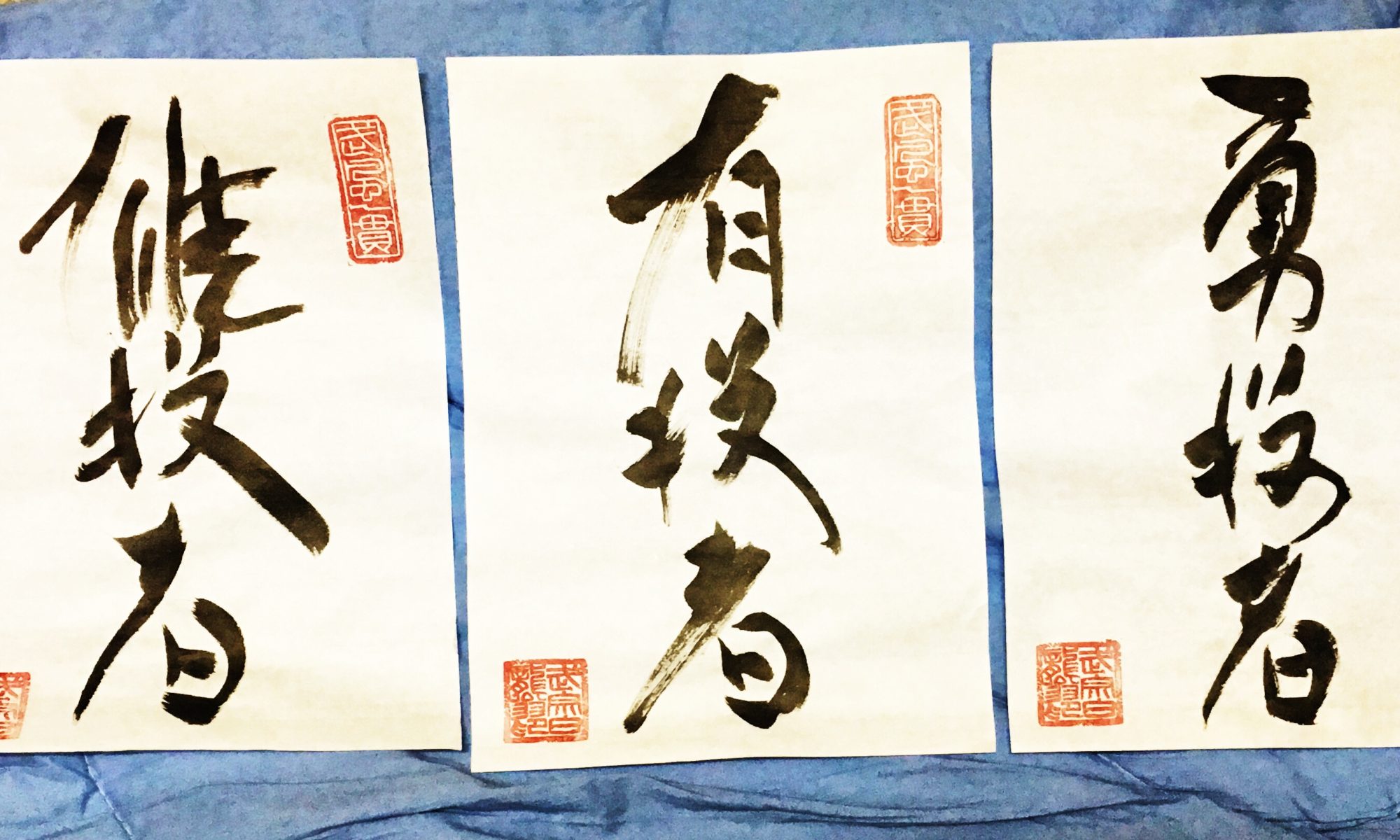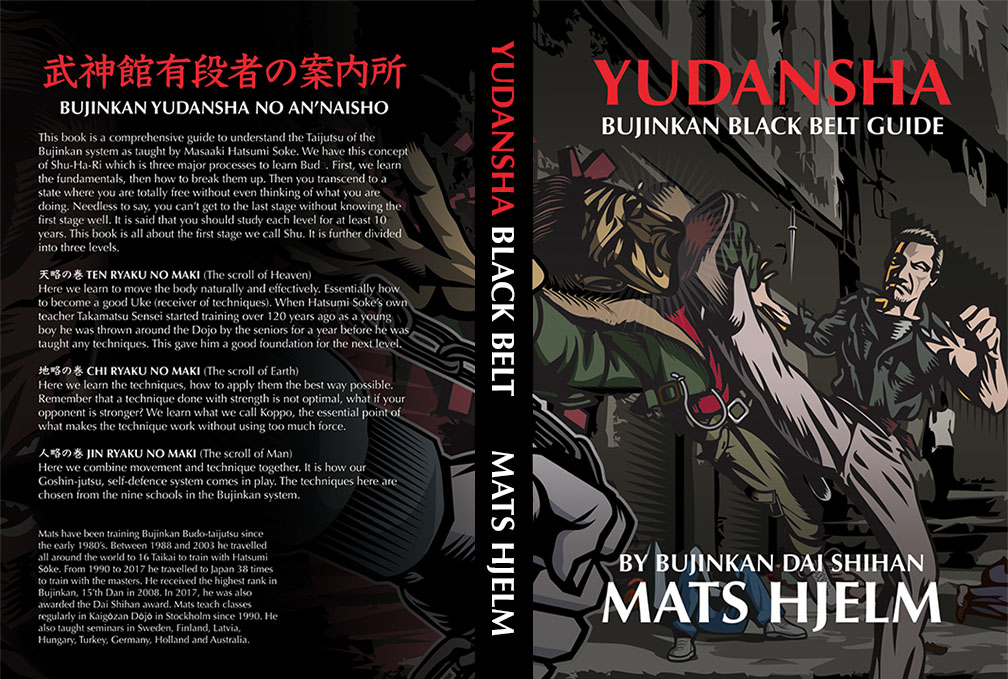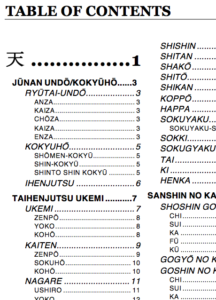The Second edition v3.1 (Released July 2018) IS OUT NOW!
It is also available as coil bound to make it more practical to use in the dojo. In the future there will also be a luxury version with full colour on all pages and hard cover for real hard core collectors.
The direct link to Lulu with all the book versions is http://bit.ly/yudansha
I found these errors, and made these changes to the new edition.
Errata for the First edition v3.0 (Released May 2018)
-
- p.42 JŪMONJI … Move the right foot back to Kōsei no kamae. Zanshin.
(I forgot why I wrote Hōi no kamae, couldn’t find the source so I changed back to Kōsei) - p.49 TAIHENJUTSU MUTŌDORI got the wrong kanji, it should be 体変術無刀捕型
- p.79 OMOTE. With your left thumb and ring finger… Grab his left Hoshizawa with the right hand…
- p.81 URA. (Not wrong, but I switched left to right so it matches the picture).
- p.83 MUSŌ-DORI …His left wrist is trapped with your left arm, the left Shutō is covering his elbow,
- p.92 YUME NO MAKURA. (Not wrong, but I switched left to right so it matches the picture).
- p.105 RYŌTE. (Not wrong, but I switched left to right so it matches the picture).
- p.145 ŌKYO. Should be a left Shitō-ken.
- p.162 YŪDANSHA. I got the wrong kanji, it should be 雄段者 which means Man, male or husband. In this context I would say all grown up black belt.
- p.42 JŪMONJI … Move the right foot back to Kōsei no kamae. Zanshin.
Please write a review what you think about the book, I really appreciate that! Thank’s Norman for your kind words.

The direct link to Lulu with all the book versions is http://bit.ly/yudansha
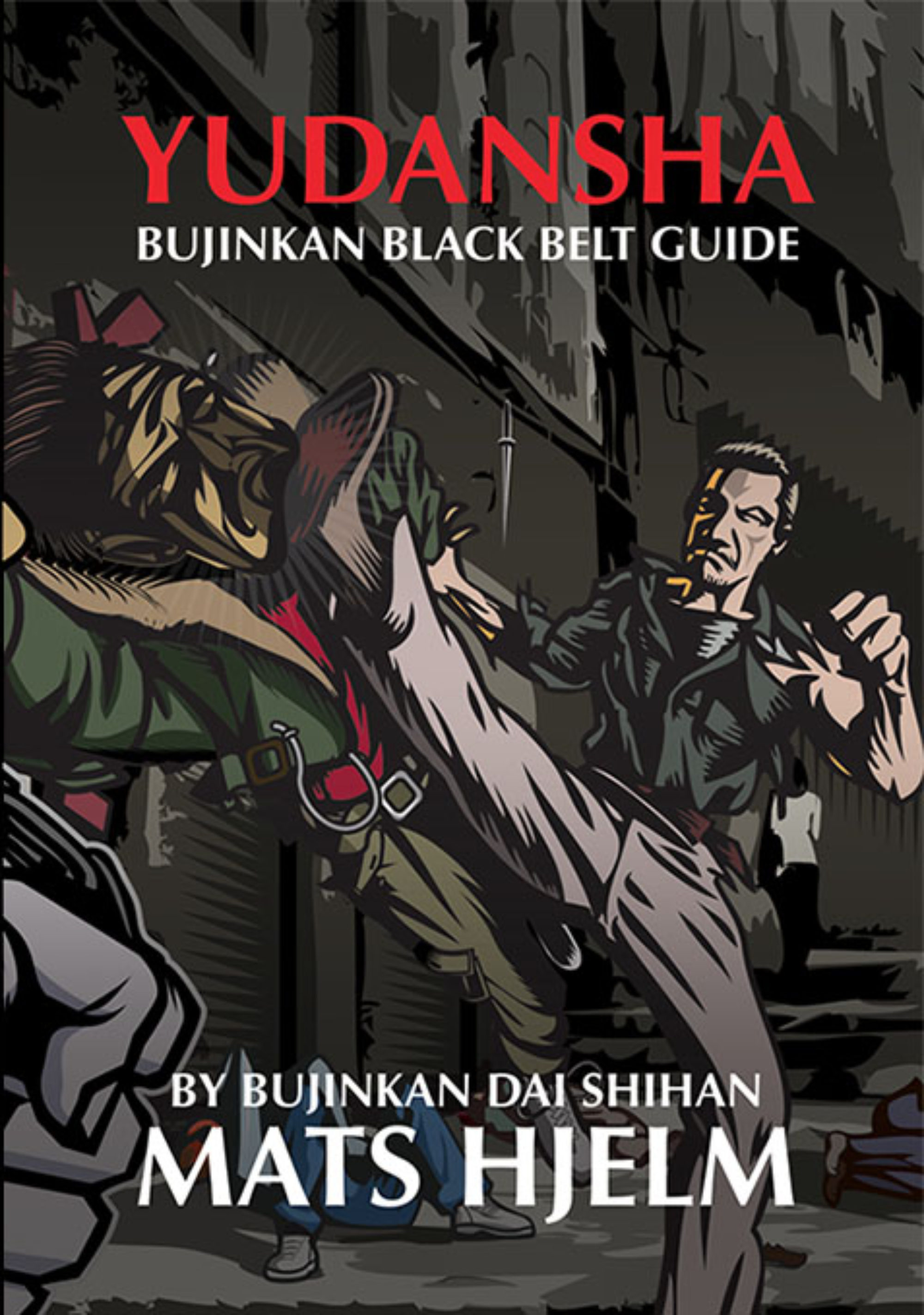
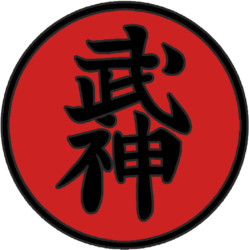
 武神館有段者の案内所
武神館有段者の案内所
